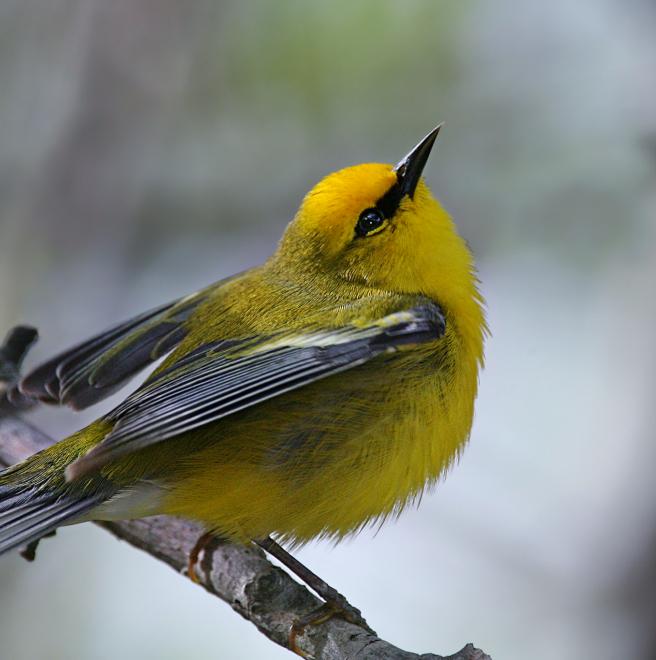

The dry beee-bzzzzzzz song of the Blue-winged Warbler is a characteristic sound of eastern deciduous second-growth forests in the summer. Since they don’t have to wait long for appropriate habitat to mature, Blue-winged Warblers are quick to take advantage of new habitat when it becomes available. And that may be a very good thing, since Audubon’s climate model predicts that suitable climatic space in summer is projected to shift by 95% and decrease by two-thirds by 2080. Blue-winged Warblers winter in Middle America, and thus predictions are not available for the winter season.
Explore more birds threatened by climate change around the country.





















It's easier than you think to make a difference. Become an Audubon member today to help birds facing climate change.